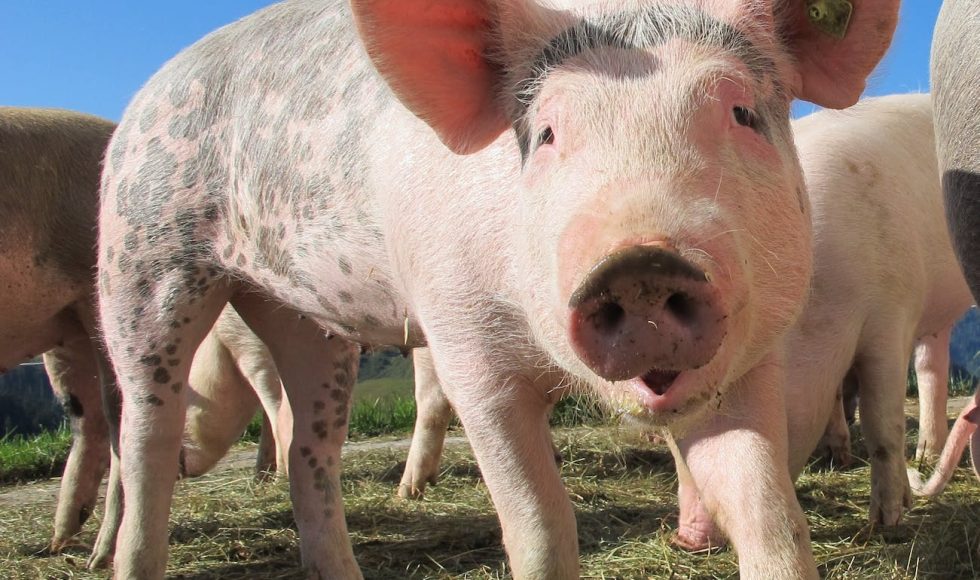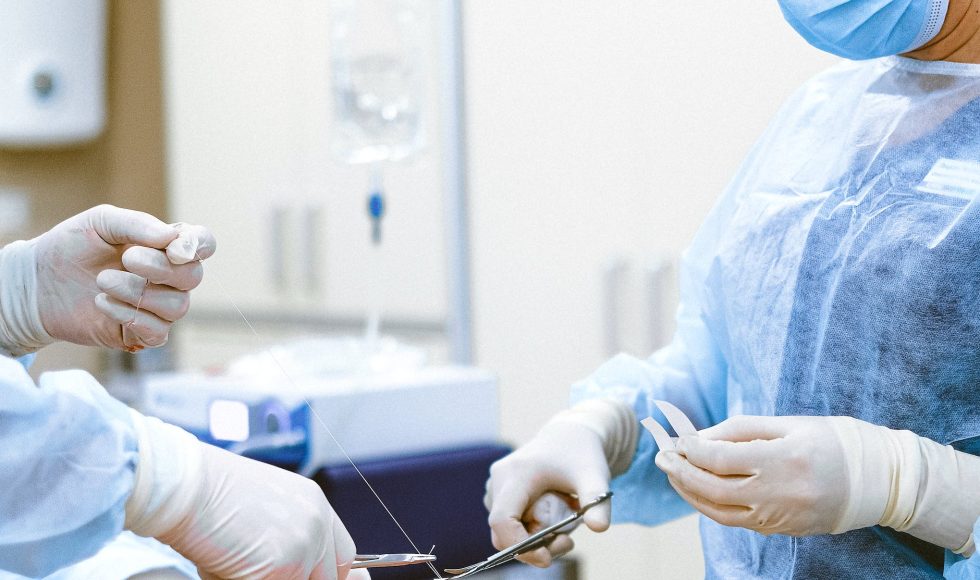I have been interested in using nanopore sequencing to identify modified bases. Tonight, I watched Adrien Leger, a Senior Research Scientist at the Sequencing Chemistry program in Oxford Nanopore Technologies present at London Calling 2022. This session was an update of the Remora epi-basecaller release. They explained the similarities between remora fish and the remora […]
Abderaouf Hamza from the Institut Curie in France spoke at the Nanopore London Calling event last year about “Targeted nanopore sequencing ushers in the era of routine long-read sequencing in translational research laboratories.” This ten-minute session started with how Hamza uses nanopore sequencing for cancer genomics, particularly using adaptive sampling. They use target region enrichment […]
Nick Vereecke from PathoSense BV Belgium presented at London Calling 2022 on “Emergence of new multi-resistant Brachyspira hyodysenteriae strains in Belgian pigs, revealed by high-quality whole-genome sequencing. This five minute session began with an introduction about the losses due to B. hyodysenteriae and swine dysentery. Vereecke noted that this organism is a spirochete bacterium with […]
“Novel structures & regulation patterns at HPV integration events in cervical cancer” was the title of Vanessa Porter’s session at London Calling 2022. Porter is a Ph.D. candidate at the University of British Columbia, Canada. They explained that HPV is “a necessary driver of cervical cancer,” and the integration of the HPV genome into the […]
Nicola Hall from the University of Oxford in the UK spoke at London Calling 2022 about “Multiplexed, long-read CaptureSeq identifies full-length transcript isoforms in the human brain.” I have been interested in CaptureSeq and this ten-minute session was intriguing. Hall and colleagues are interested in voltage-gated channels, but they have very low levels of RNA […]
Belen de la Morena Barrio from the University of Murcia/CIBERER, Spain presented at London Calling 2022 on “Genetic dissection of structural variants in study subjects with antithrombin deficiency by nanopore sequencing.” Morena Barrio was introduced to Nanopore during their doctoral work, and they have now developed methods. They spoke about thrombin deficiency: antithrombin deficiency (SERPINC1) […]
Tonight I continued watching masterclass sessions from the 2022 London Calling event. Vania Costa is an Applications Scientist with Oxford Nanopore Technologies and presented a masterclass on “Preparation: extracting high-quality DNA and RNA.” They spoke about pre-lab considerations, sample storage, DNA and RNA extraction, sample quality control, and several case studies. Pre-lab considerations mentioned by […]
Danny E. Miller from the University of Washington presented at the Nanopore Community Meeting 2022 a twenty-minute session entitled “Long-read sequencing resolves complex structural variants and identifies missing pathogenic variants in unsolved homphilia cases.” Miller spoke about the “diagnostic odyssey” for patients with genetic diseases and that “a traditional genetic workup is diagnostic in less […]
The next Nanopore Community Meeting 2022 session I watched was a longer: 27 min. “Finding the needle: haplotype-resolved discovery and annotation of clinically relevant genetic and epigenetic variants using whole-genome nanopore sequencing” was presented by Sissel Juul and Phillipp Rescheneder, both from Oxford Nanopore Technologies. Juul described the work of their team to sequence genomes […]
Telomere-to-telomere assembly has been coming up in Nanopore Community Meeting 2022 sessions frequently. The session I watched tonight had it in the title: “Expanding studies of global genomic diversity with complete, telomere-to-telomere assembly of diploid genomes” presented by Karen Miga from the University of California, Santa Cruz. Miga shared information about the release of the […]











